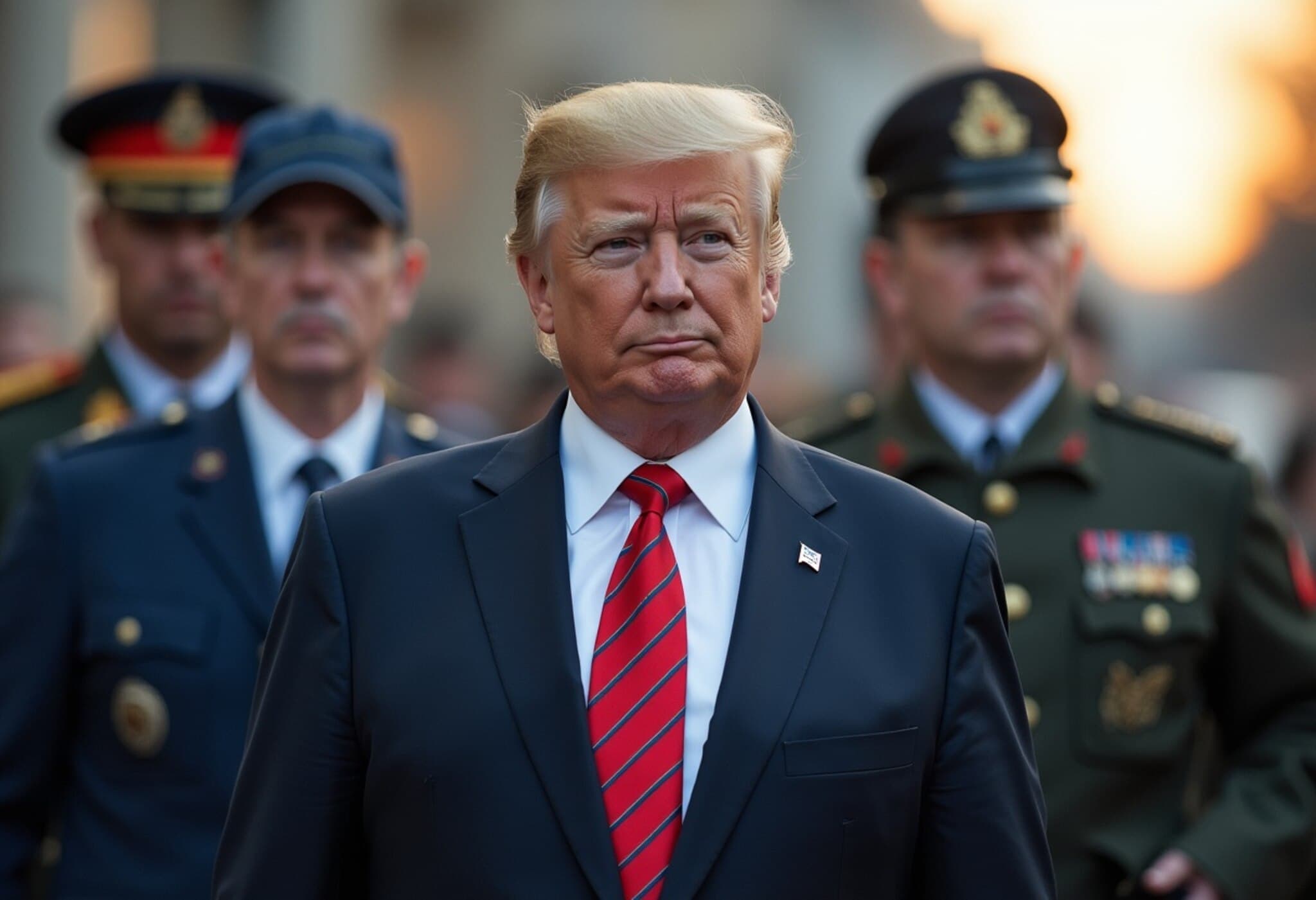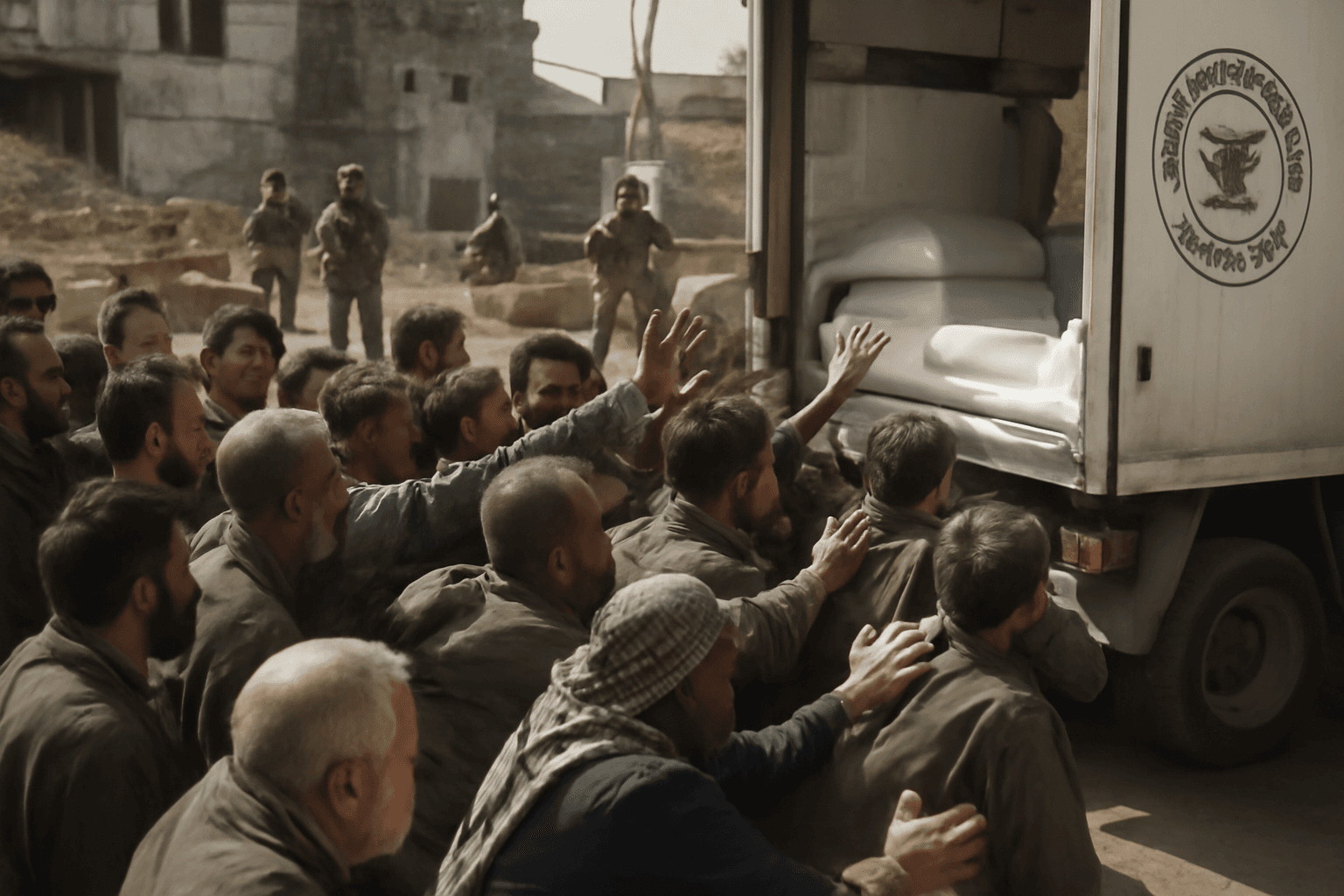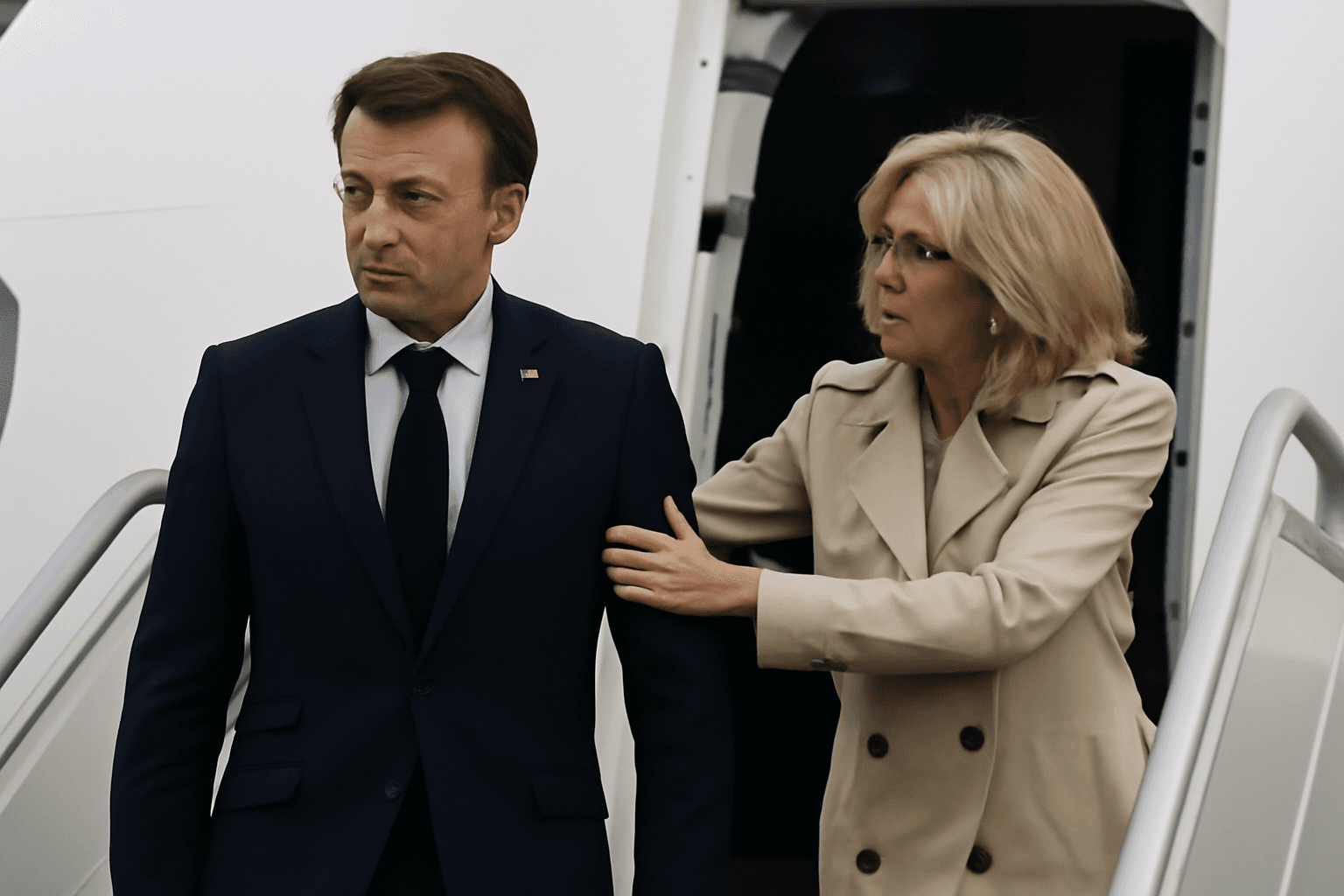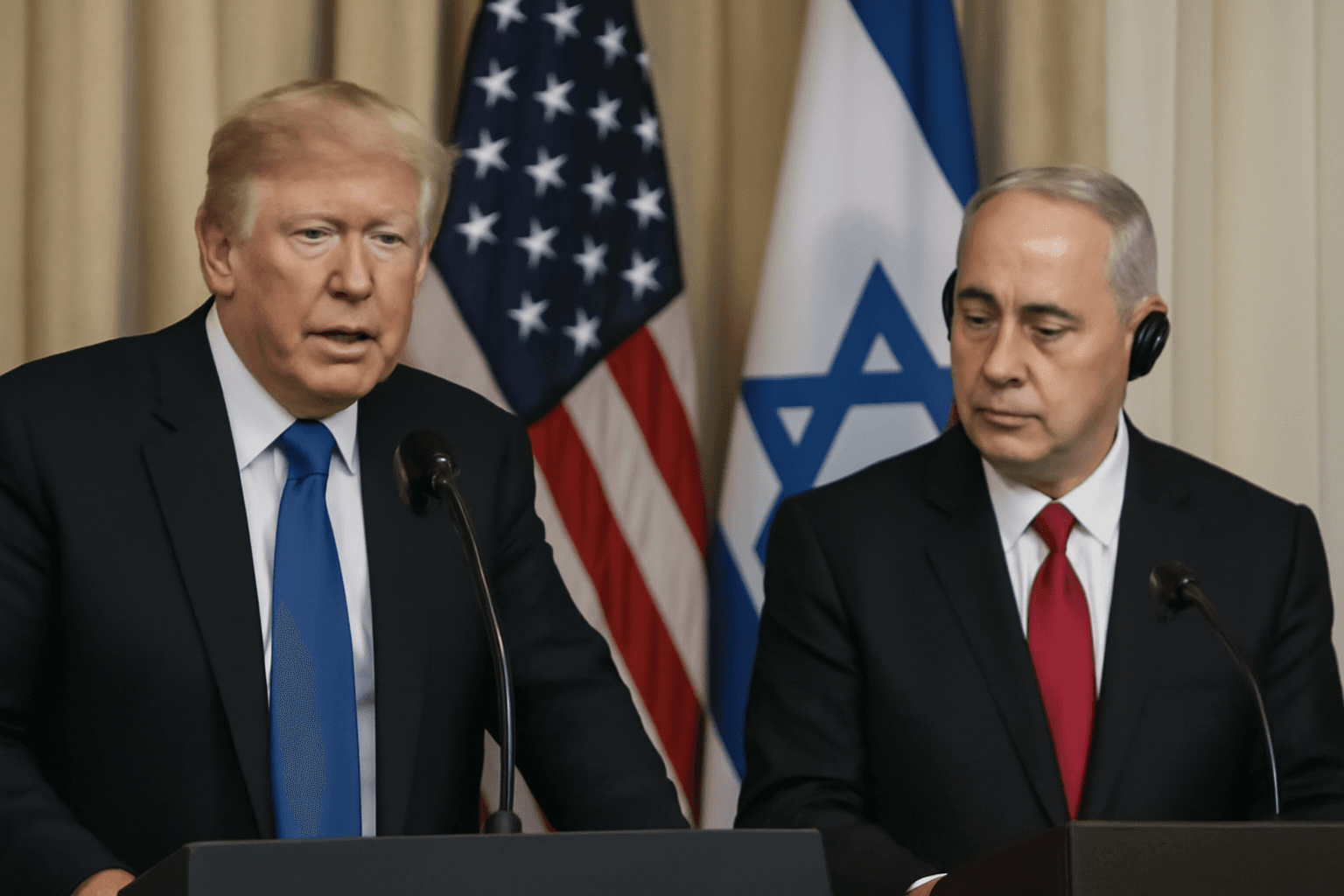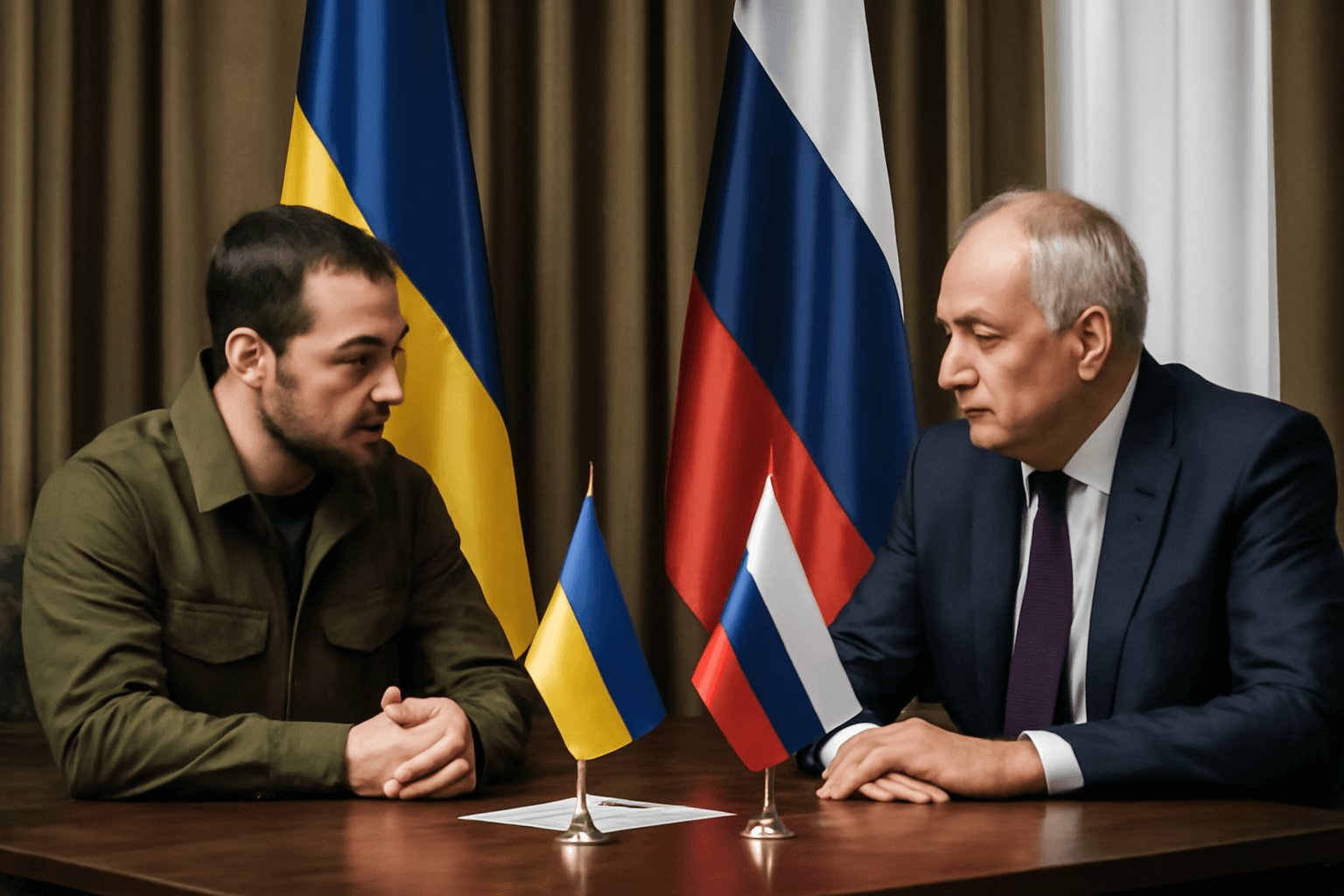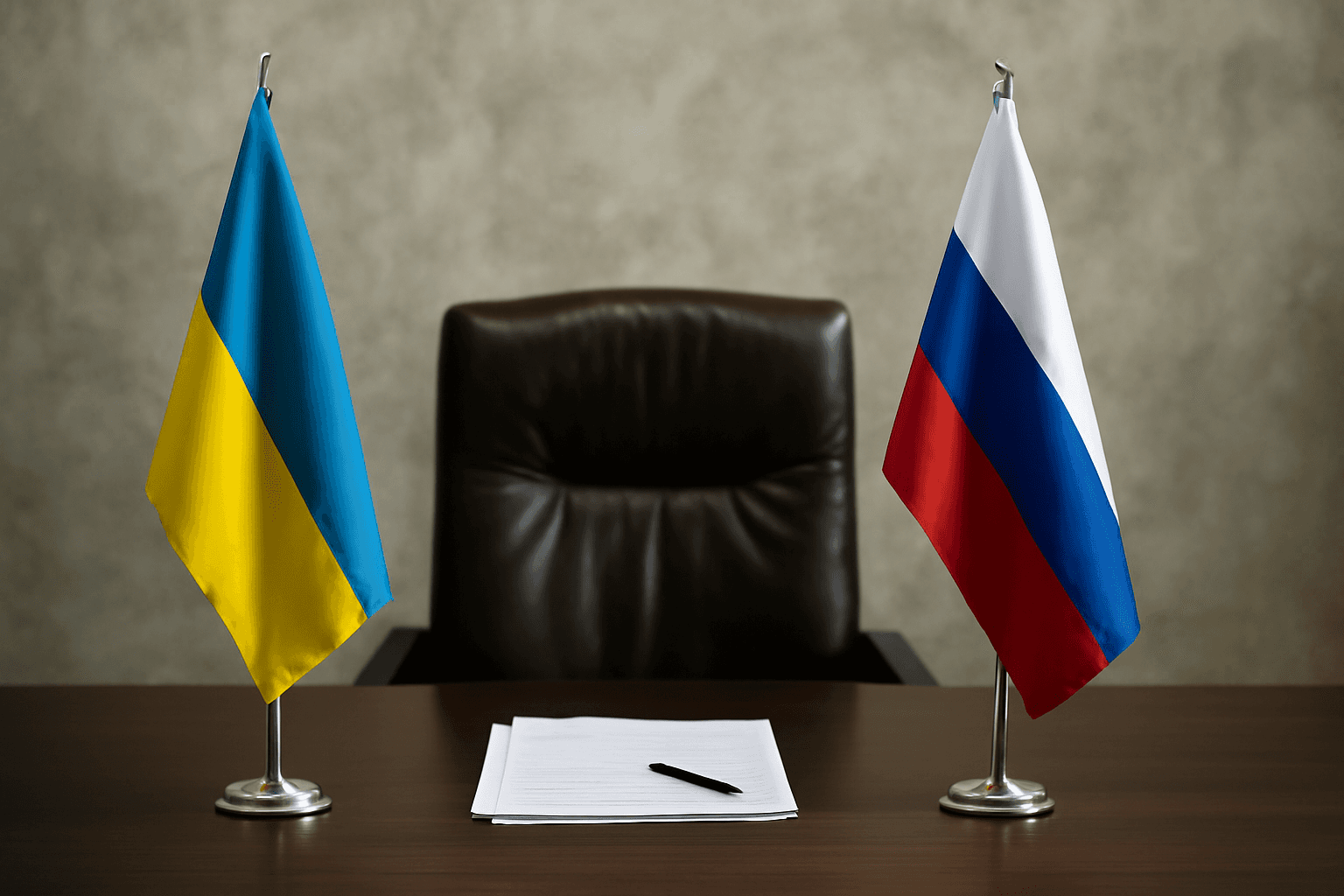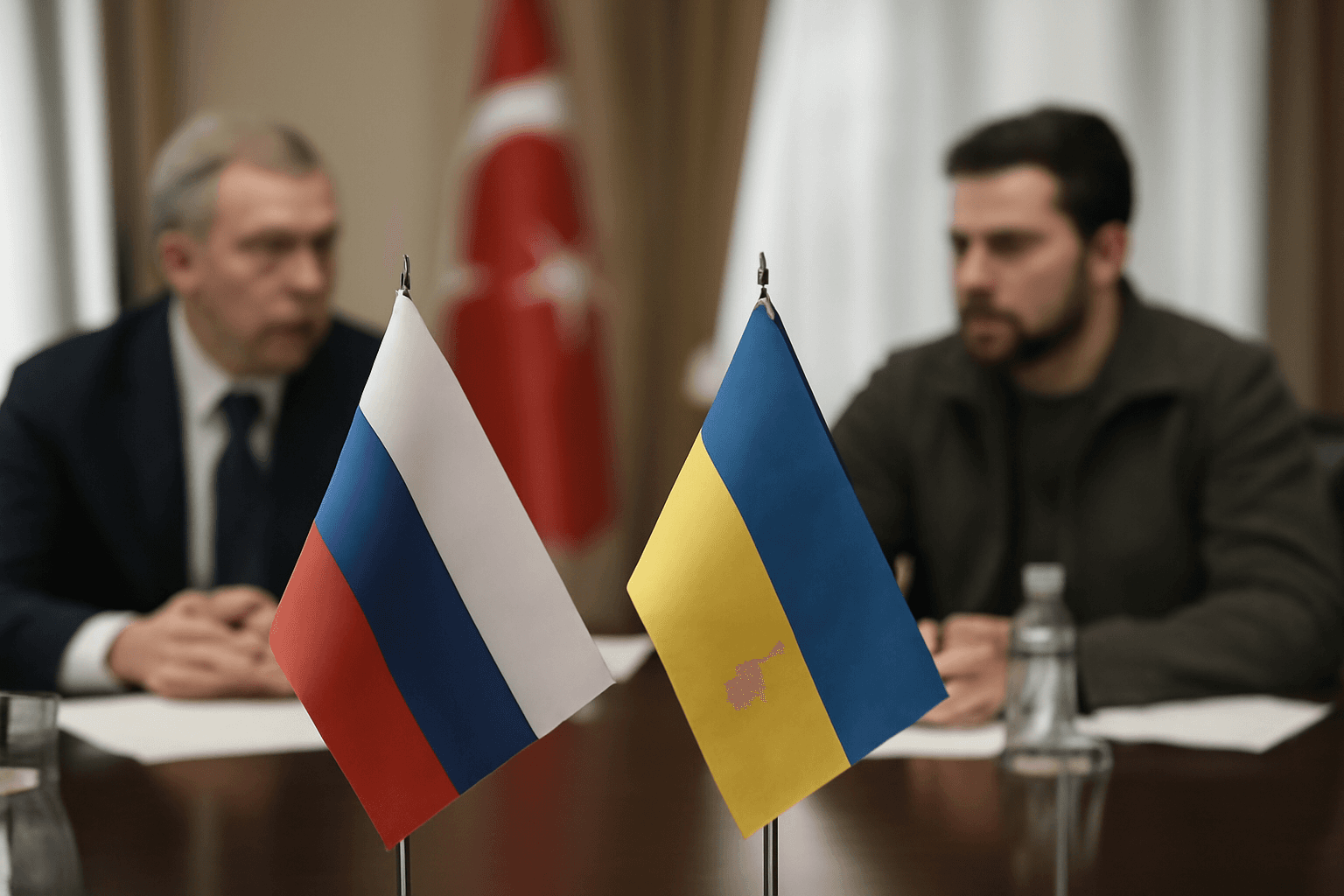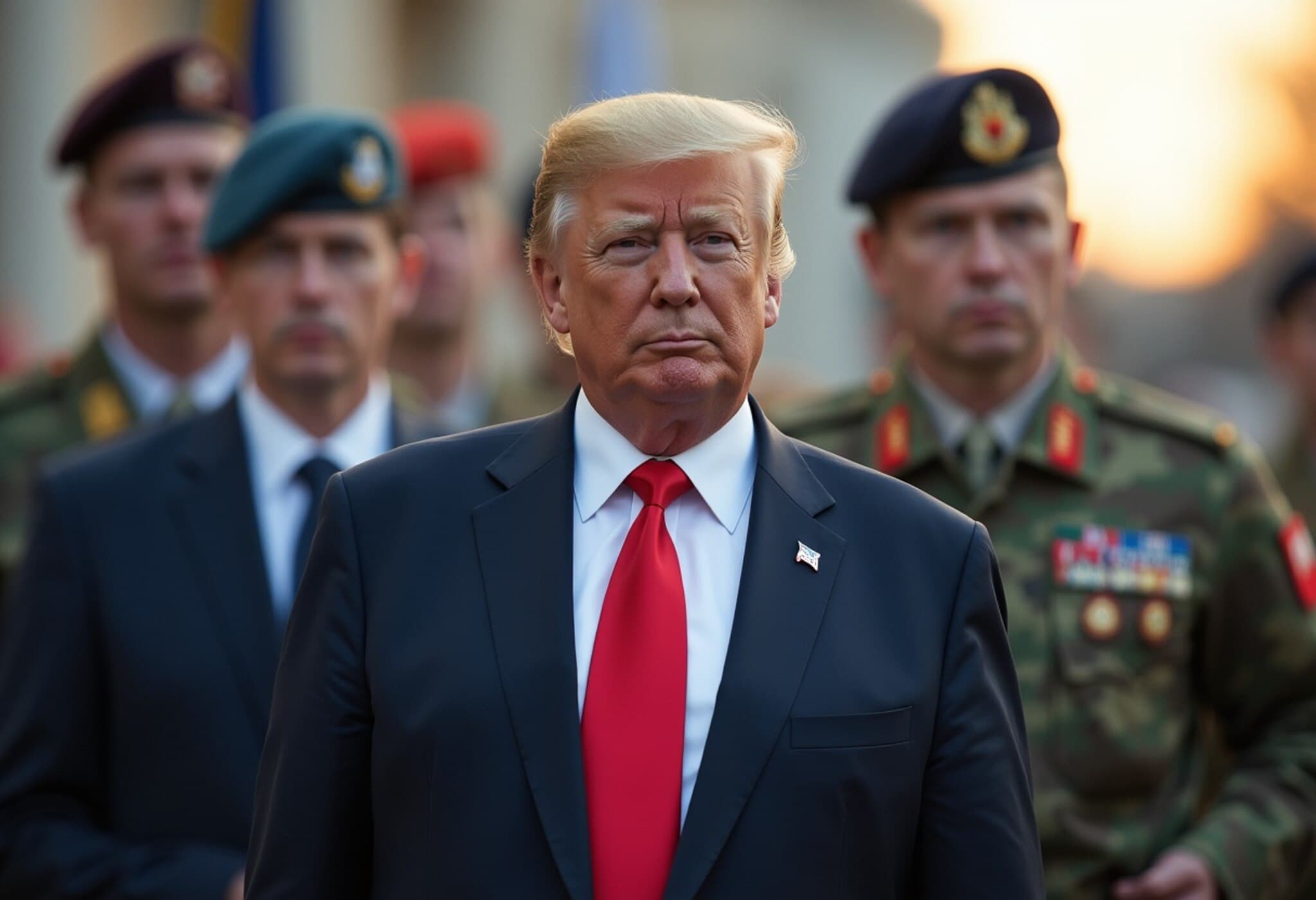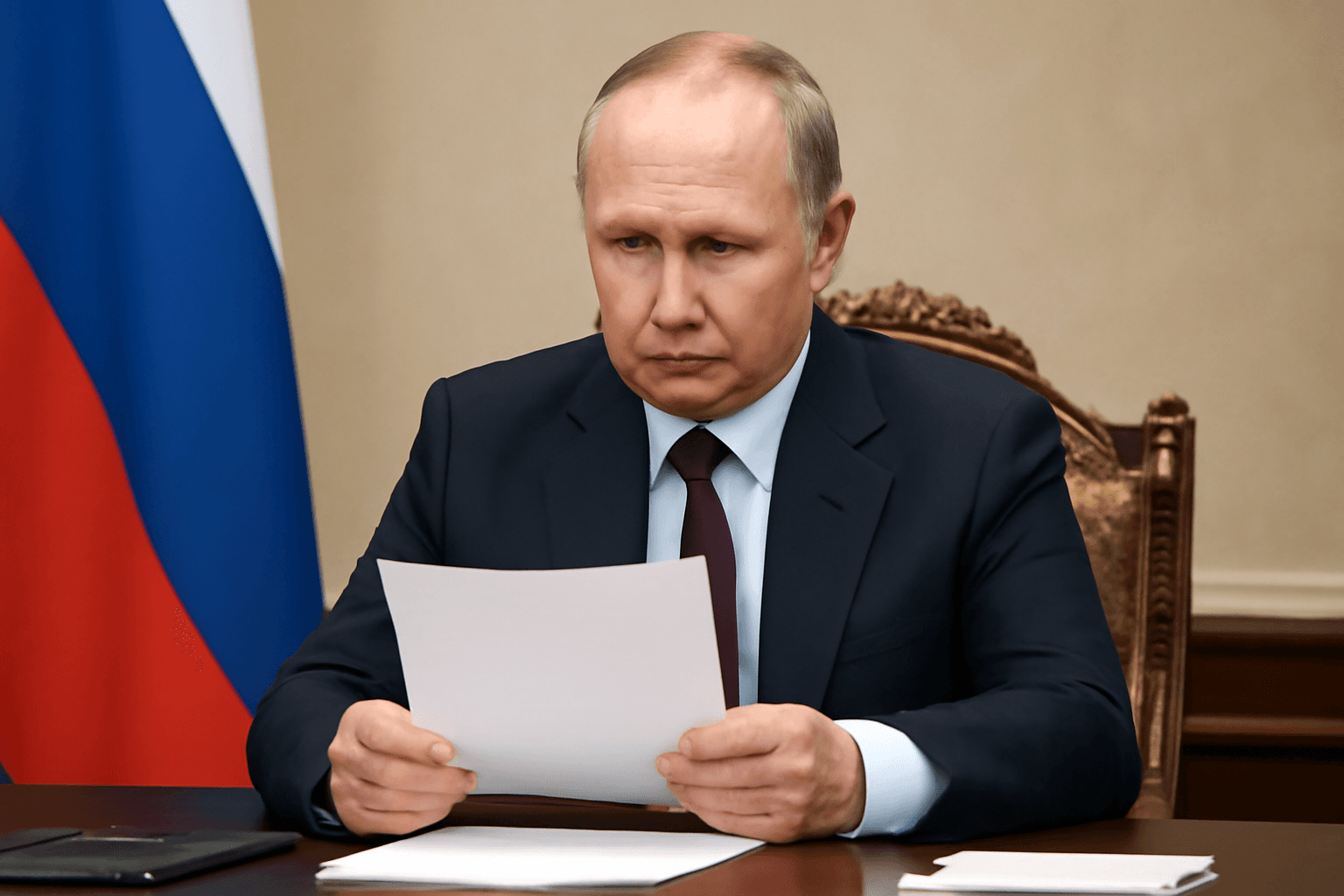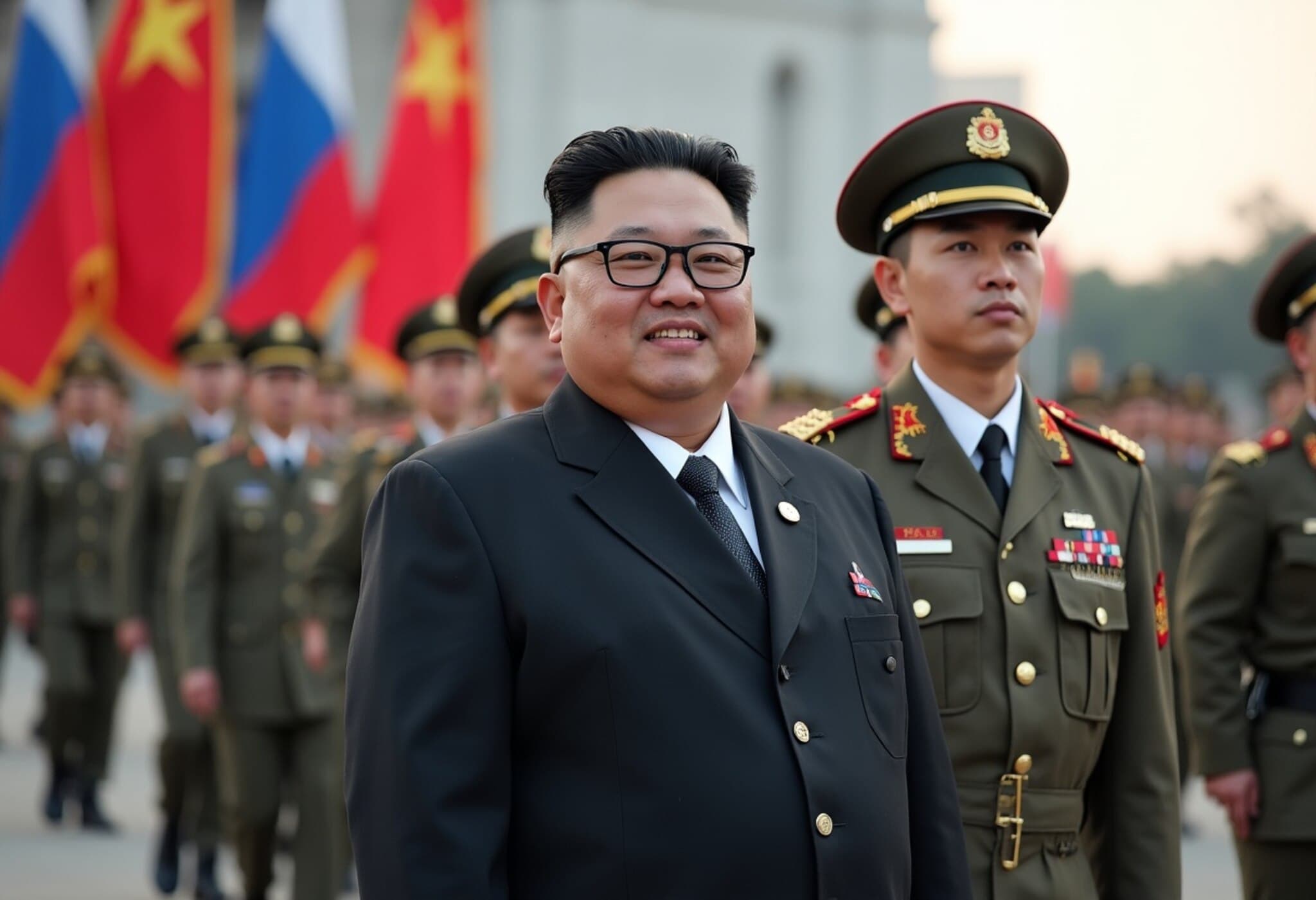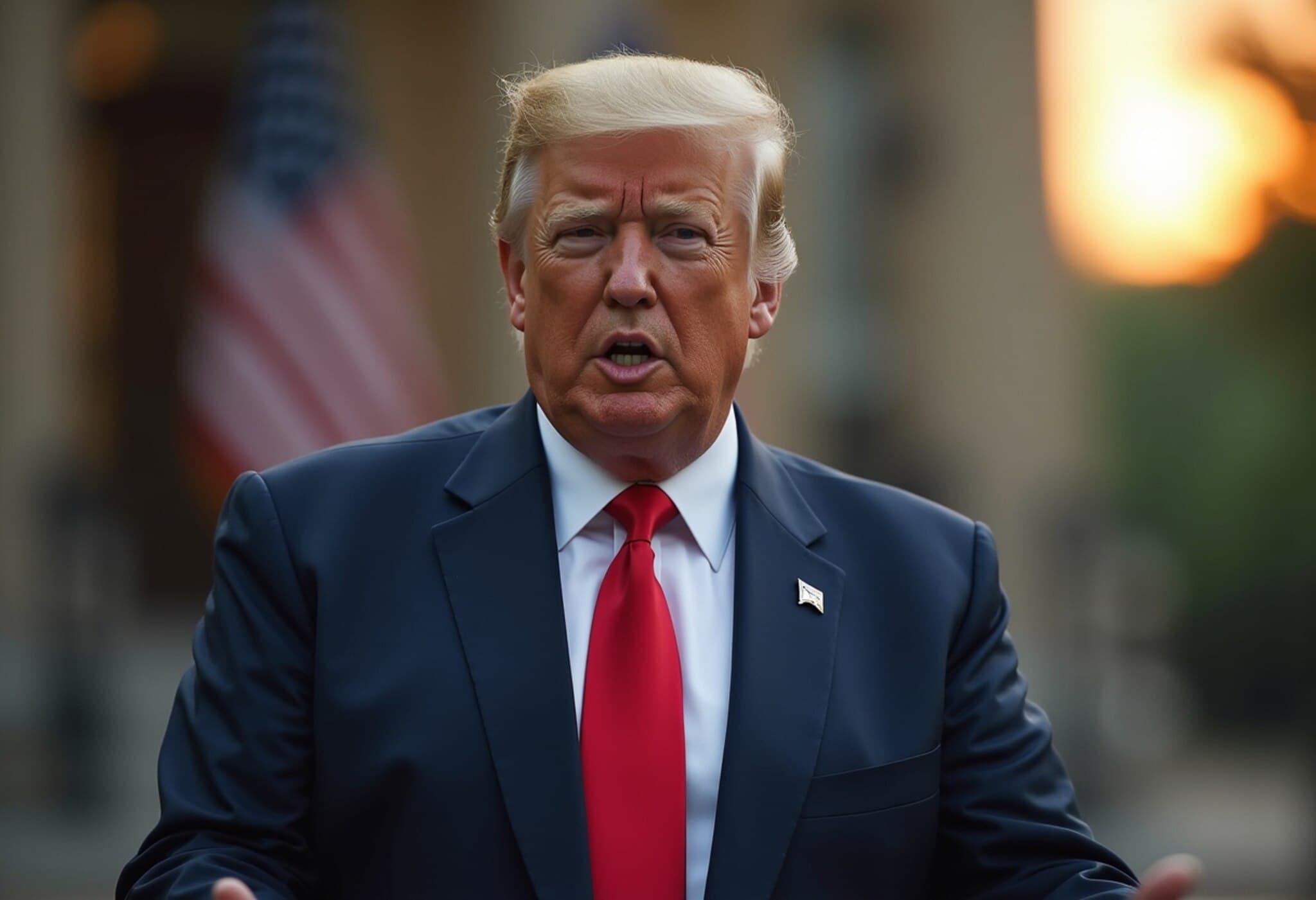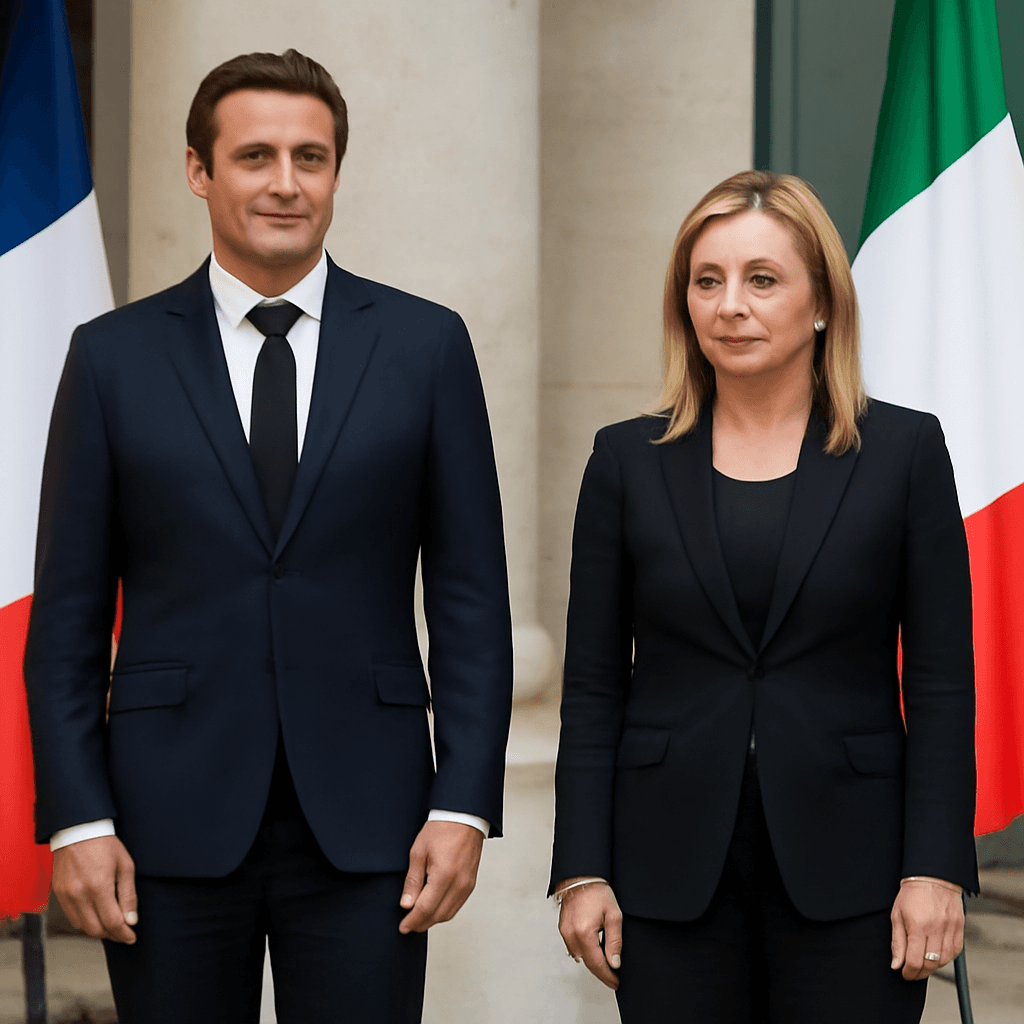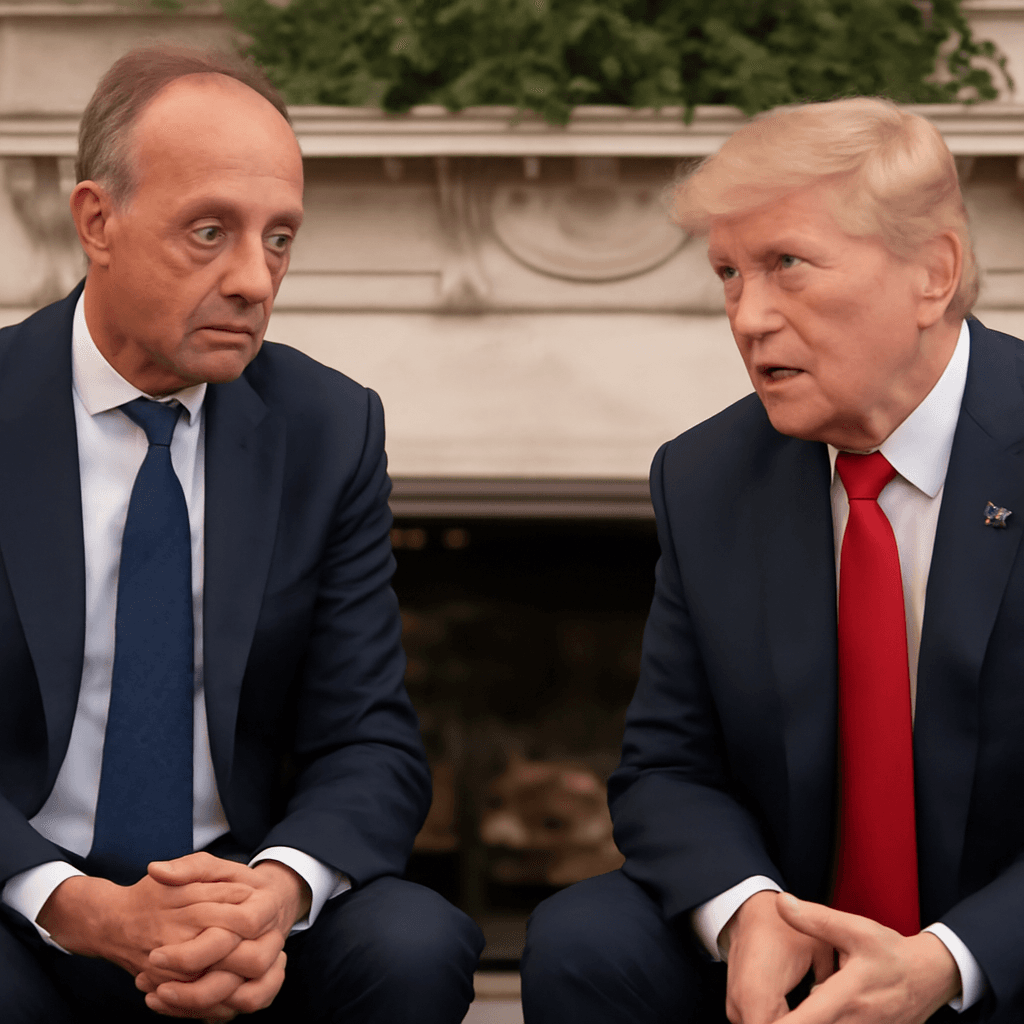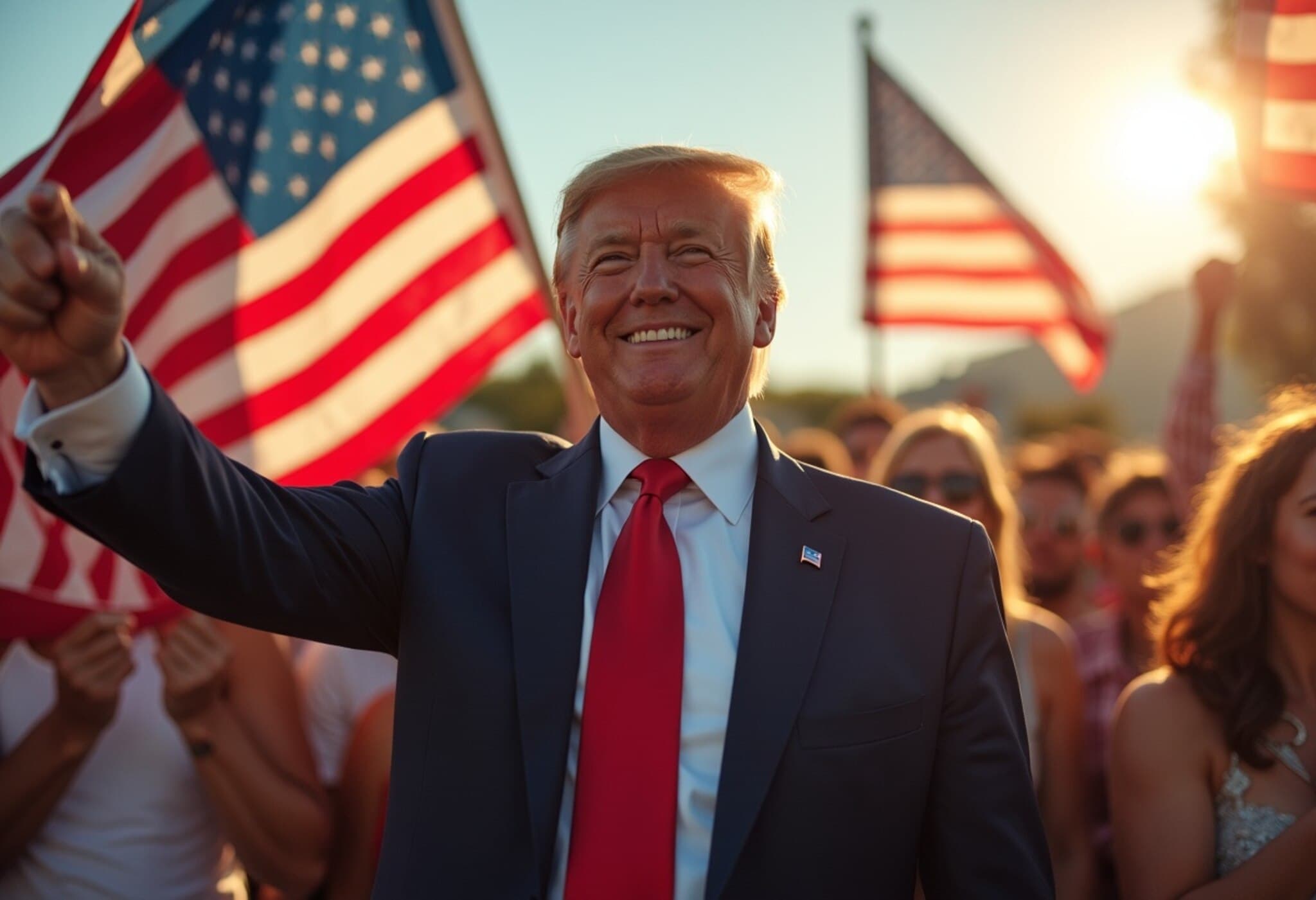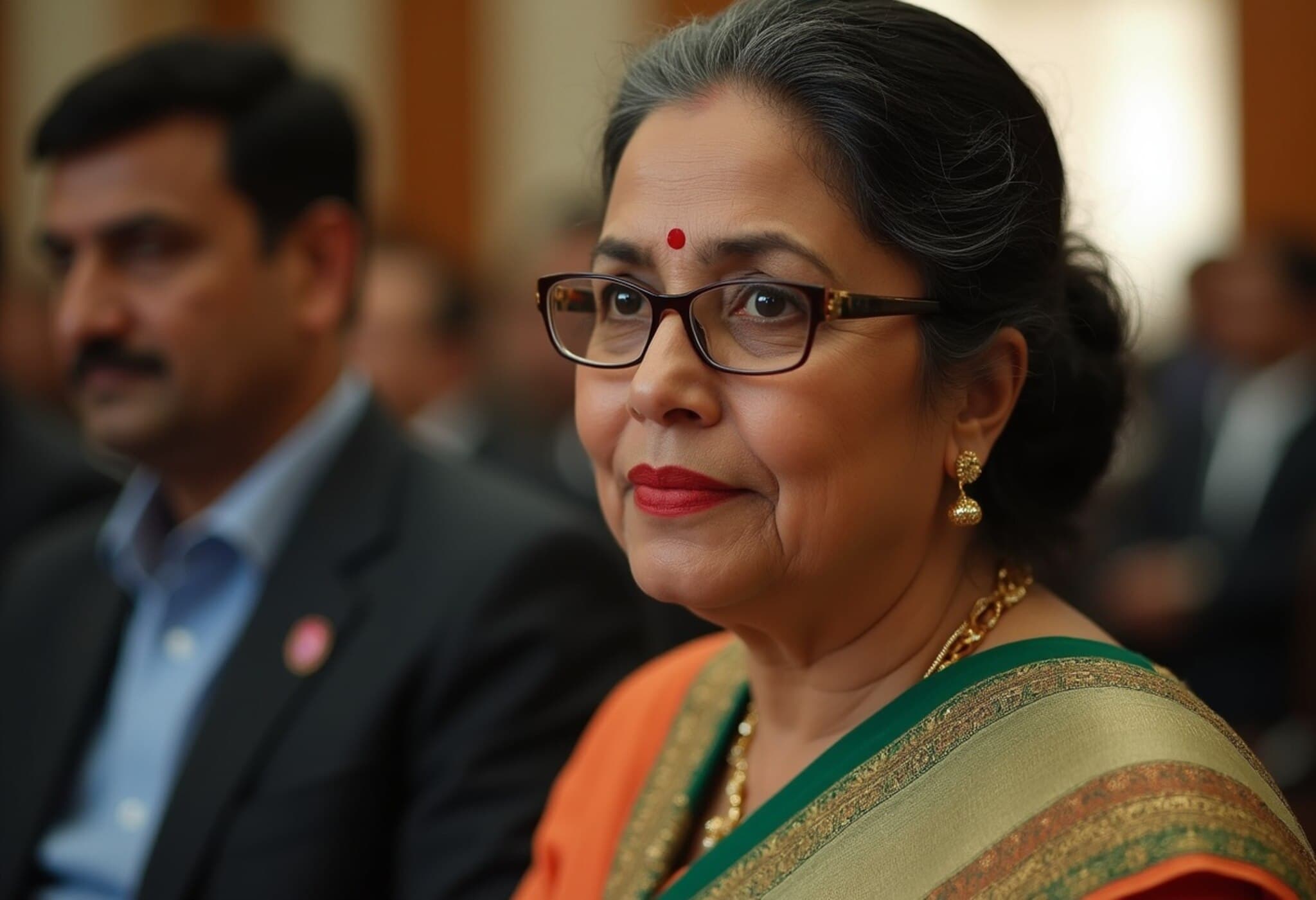Trump’s Unkept Promise on Ukraine: A Turning Point in Global Diplomacy
When Donald Trump returned to the White House for his second term, he declared a swift end to the Ukraine war “on day one.” His pledge, made repeatedly between July 2023 and the 2024 election, promised a resolution before he even took office. Yet, as of mid-2025, that promise has evaporated into a haze of hard rhetoric and strategic retreat.
Trump’s overtures toward ending the conflict have instead translated into a dramatic freeze of US military aid to Ukraine, including the recently halted shipments of advanced Patriot missile defense systems. These moves signaled a geopolitical victory for Russian President Vladimir Putin, who has exploited this withdrawal to intensify missile and drone strikes on Ukrainian cities, causing civilian casualties and destabilizing the region further.
Putin’s Machinations and Trump’s Gamble
Behind the veneer of negotiation, Putin’s true intentions have played out starkly: while engaging Trump in talks, Russia escalates military offensives and forges new alliances, including turning against former partners like Azerbaijan. Trump's decisions weaken Ukraine’s defensive capabilities, emboldening Russia’s belligerence.
Ukrainian President Volodymyr Zelensky has met US demands that arose after a tense Oval Office exchange in February 2025, including proposals for ceasefires and access to rare earth mining rights. Despite these concessions, Trump’s administration has continued to withhold critical support, effectively siding with Putin’s interests.
Europe’s Quiet Pivot: From Bystander to Frontline Defender?
As the US stance shifts unpredictably, European leaders are grappling with the implications for their security and global stability. Behind diplomatic assurances of solidarity, discussions are intensifying to role up sleeves and potentially fill the operational and strategic gap left by Washington.
At a critical summit in London, British Prime Minister Sir Keir Starmer and French President Emmanuel Macron convened a coalition aiming to support Ukraine. Although still loosely structured, this group signals a growing European willingness to undertake more direct military roles — including peacekeeping — should a ceasefire materialize.
Denmark’s Prime Minister Mette Frederiksen, speaking after meetings with Zelensky and European Commission President Ursula von der Leyen, captured the stakes: “The war in Ukraine is not just about Ukraine — it’s about Europe’s future.” She emphasized Europe’s readiness to act if the US falters, signaling a potential shift from reliance toward leadership.
Europe’s Military Capacity: Aspirations vs. Reality
While political will is sharpening, the continent’s military-industrial capacity is a sobering reality check. NATO Secretary General Mark Rutte highlighted a stark imbalance: Russia’s ammunition production outpaces NATO by a margin of three to one annually, undermining Europe's ability to sustain long-term conflict resistance.
Compounding matters is the emergence of a stratified military collaboration among China, Russia, Iran, and North Korea—dubbed the “CRINKs”—which accelerates the development and deployment of sophisticated weapons such as the Shahed drones terrorizing Ukraine.
Production numbers tell a grim story: Russia reportedly manufactures between 60 to 70 ballistic missiles and over 10 hypersonic Kinzhals monthly. In contrast, American production of crucial Patriot missiles, essential for Ukrainian defense, remains limited under the current administration’s restrictions. Europe produces fewer than 600 missile interceptors annually, far below what experts suggest is necessary to counter escalating threats.
Expert Perspective: The High Stakes of Missile Defense
Fabian Hoffmann, a military policy expert at the University of Oslo, warns that European citizens could soon face the harsh consequences of underinvestment in missile defense, potentially facing devastation without adequate safeguards. The vulnerability revealed by the missile raids in Ukraine serves as a stark warning of what could happen if Europe fails to boost its defense capacities swiftly and substantially.
Looking Ahead: The Urgency for European Leadership and Cooperation
Europe stands at a crossroads. The ongoing crisis demands more than eloquent declarations; it requires tangible commitments to fund, produce, and deploy advanced military assets rapidly. A continent once reliant on US military might now grapples with the pressing need to assert its strategic autonomy amid a volatile geopolitical environment.
Failure to act decisively risks leaving Europe exposed to the consequences of Putin's military expansionism and sends a troubling signal about Western resolve. At the same time, the US's wavering support deepens uncertainty, compelling Europeans to consider difficult choices about their own security and alliance dynamics.
Key questions remain:
- Can Europe rapidly scale its defense industry to meet the demands of modern warfare?
- What are the risks and benefits of Europe assuming a more assertive military role independent of the US?
- How might US domestic politics continue to influence its foreign policy toward Ukraine and NATO allies?
Editor’s Note
The unfolding situation in Ukraine is more than a regional conflict; it is a litmus test for transatlantic partnerships and the resilience of European security frameworks. Trump's abandonment of meaningful military support to Ukraine disrupts longstanding alliances and confronts Europe with a strategic imperative to rise to the occasion. As missile strikes turn Ukrainian cities into battlegrounds, the urgency for European solidarity and capacity building could not be clearer. For American and European policymakers alike, the coming months will reveal whether words transform into decisive action or if geopolitical fragmentation deepens, reshaping the global order with profound consequences.
David Crowe is Europe correspondent for the Sydney Morning Herald and The Age.



